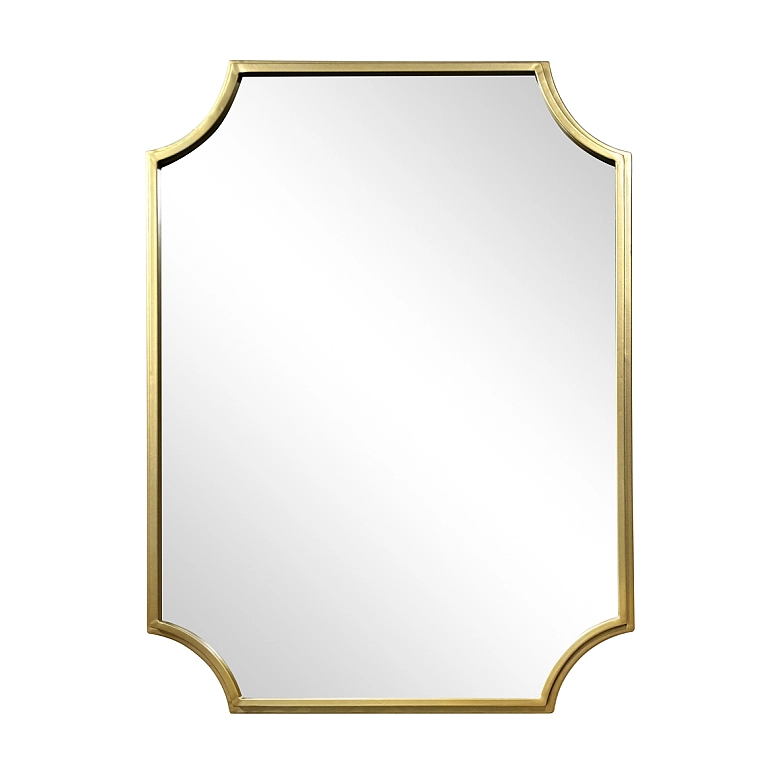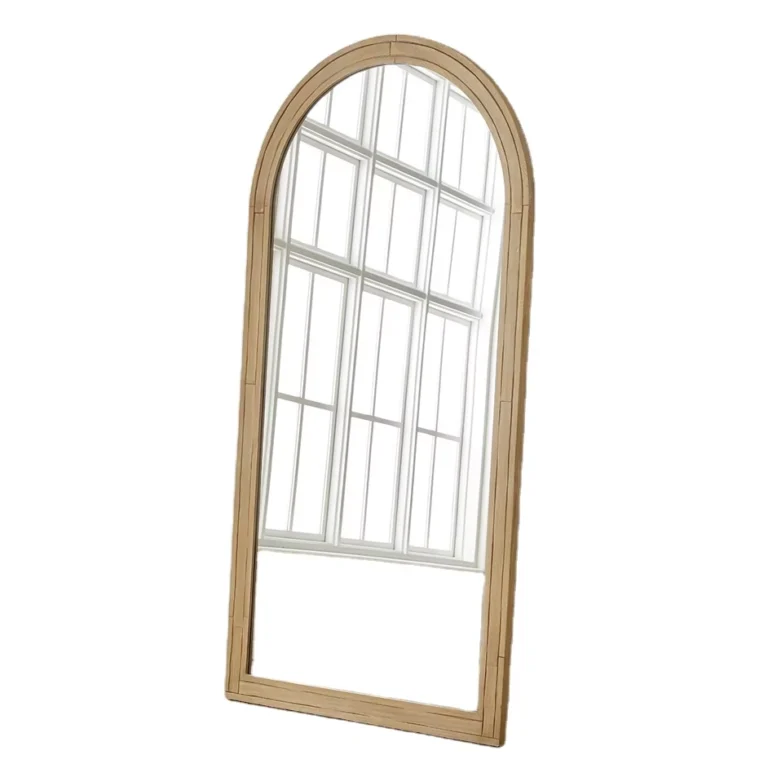tech smart mirror workout SF
Of course. This is a fantastic project idea. A tech-smart mirror for workouts in a small San Francisco apartment is the perfect blend of form, function, and space-saving necessity.
Here’s a comprehensive guide covering the concept, what you can do, what you’ll need, and the SF-specific considerations.
The Concept: Your AI-Powered Home Gym
Imagine a mirror that, with a simple voice command or touch, transforms from a normal mirror into your personal trainer, class instructor, and fitness tracker. It overlays workout metrics, video instructions, and even your own vitals onto your reflection, creating an immersive and efficient workout experience in the limited space of your SF apartment.
Key Features for the SF Workout Enthusiast
-
Space-Saving Design: The biggest win. It’s a full-length mirror when not in use, eliminating the need for bulky equipment.
-
Guided Workouts: Stream classes from platforms like Peloton, Apple Fitness+, or Nike Training Club directly on the mirror. The SF hustle means efficiency; follow a 20-minute HIIT class without wasting time commuting to a gym.
-
Form Correction (The Killer App): Using a depth-sensing camera (like an Azure Kinect), the mirror can analyze your posture in real-time and provide audio cues: “Lower your hips,” “Keep your back straight.” This is like having a personal trainer in your living room.
-
Workout Metrics & Biometrics: Overlay your heart rate (from a connected chest strap or watch), reps, calories burned, and time elapsed onto the glass. See your effort reflected literally and figuratively.
-
Virtual “Class” Experience: For those missing the community of an SF gym like Equinox or Fitness SF, some platforms allow you to work out live with others on a leaderboard.
-
Smart Home Integration: As you start your workout, the mirror could automatically adjust your smart lights (Philips Hue), play a pump-up playlist on your Sonos speakers, and turn on a smart fan.
-
Daily Dashboard: When not working out, it can be a smart display showing the day’s weather (crucial for SF’s microclimates), your calendar, news headlines, and BART/Muni status updates.
How to Build It (The DIY Approach)
This is a popular project in the maker community. Here’s what you’ll need:
Hardware Components:
-
Two-Way Mirror: This is the key. It’s a semi-transparent piece of glass that reflects light on one side but allows light to pass through from the brighter side. You’ll be placing a display behind it.
-
Display Monitor: A large, thin, high-brightness computer monitor or LCD TV. 43″ to 55″ is a common size for a full-length mirror. Remove the bezel for a cleaner look.
-
Computer: A Raspberry Pi is the most common, low-power choice. For more advanced features like real-time form correction, you’d need a more powerful mini-PC with a better GPU.
-
Frame: Build a wooden frame to house the monitor, mirror, and computer. SF has great maker spaces like TechShop (RIP) alternatives such as Noisebridge or Humanmade for tools if you don’t have your own.
-
Sensors (Optional but Recommended):
-
Camera: A webcam for basic motion tracking. For advanced form correction, a Microsoft Azure Kinect DK is the gold standard (and was developed in part in the Bay Area).
-
Microphone: For voice commands (Amazon Alexa or Google Assistant integration).
-
-
Other: Wires, power supplies, mounting hardware.
Software & OS:
-
MagicMirror²: The open-source cornerstone of most DIY smart mirrors. It’s a modular platform where you can add “modules” for news, weather, calendars, and even some basic fitness integrations. It runs on the Raspberry Pi.
-
Custom Web App: For a truly custom workout interface, you’d need to develop a web application (using JavaScript, HTML, CSS) that runs on the mini-PC and interfaces with the camera and APIs from fitness services.
SF-Specific Considerations & Tips
-
Apartment-Friendly Build: Your build must be thin and wall-mounted. A deep, bulky frame won’t work in a classic SF Victorian apartment. Use a ultra-thin monitor and a shallow frame.
-
Acoustics: Neighbors are close. Consider using a ** Bluetooth-connected soundbar** placed away from shared walls instead of loud built-in speakers, or just use headphones.
-
The Light Issue: SF apartments can be dark. Ensure your monitor is very bright (high nits rating) to overcome the two-way mirror’s tint and provide a clear image. You might need to control ambient light with curtains.
-
Where to Shop:
-
Central Computers: Multiple locations for monitors, PCs, and components.
-
Anchor Electronics: A SF treasure trove for resistors, wires, and random parts.
-
Online: Amazon, Adafruit, SparkFun for the two-way mirror and specialty sensors.
-
Off-the-Shelf Options (If DIY isn’t your thing)
If soldering and coding aren’t how you want to spend your weekends, several companies now sell premium smart mirrors:
-
Tonal: The leader in this space. It’s a smart mirror + advanced digital weight resistance system. It’s incredible but requires wall mounting into studs and is a significant investment ($3,995+). Perfect for the serious exerciser in a tech-forward city like SF.
-
FITURE: A more straightforward interactive mirror focused on guided classes and form correction. It’s a more all-in-one solution compared to a DIY build.
-
Tempo: Uses a built-in 3D camera for form correction and comes with a set of physical weights it stores neatly. Another great but premium option.
Final Verdict
Building a tech smart mirror for workouts is the ultimate San Francisco project: it’s techy, space-efficient, health-conscious, and innovative.
-
Go DIY if you love tinkering, are on a budget, and want a customizable general-purpose smart mirror that can also do workouts.
-
Buy a Tonal/FITURE if you are primarily focused on a seamless, powerful, and professional-grade fitness experience and are willing to pay for it.
Good luck with your project! It’s a brilliant way to bring cutting-edge tech into your daily routine.
Generally speaking, our order requirements are as follows: the minimum order quantity (MOQ) for large items is 50 pieces, for regular items it is 100 pieces, for small items it is 500 pieces, and for very small items (such as ceramic decorations) the MOQ is 1,000 pieces. Orders exceeding $100,000 will receive a 5% discount. The delivery timeline is determined based on the specific order quantity and production schedule. Typically, we are able to complete delivery within two months.
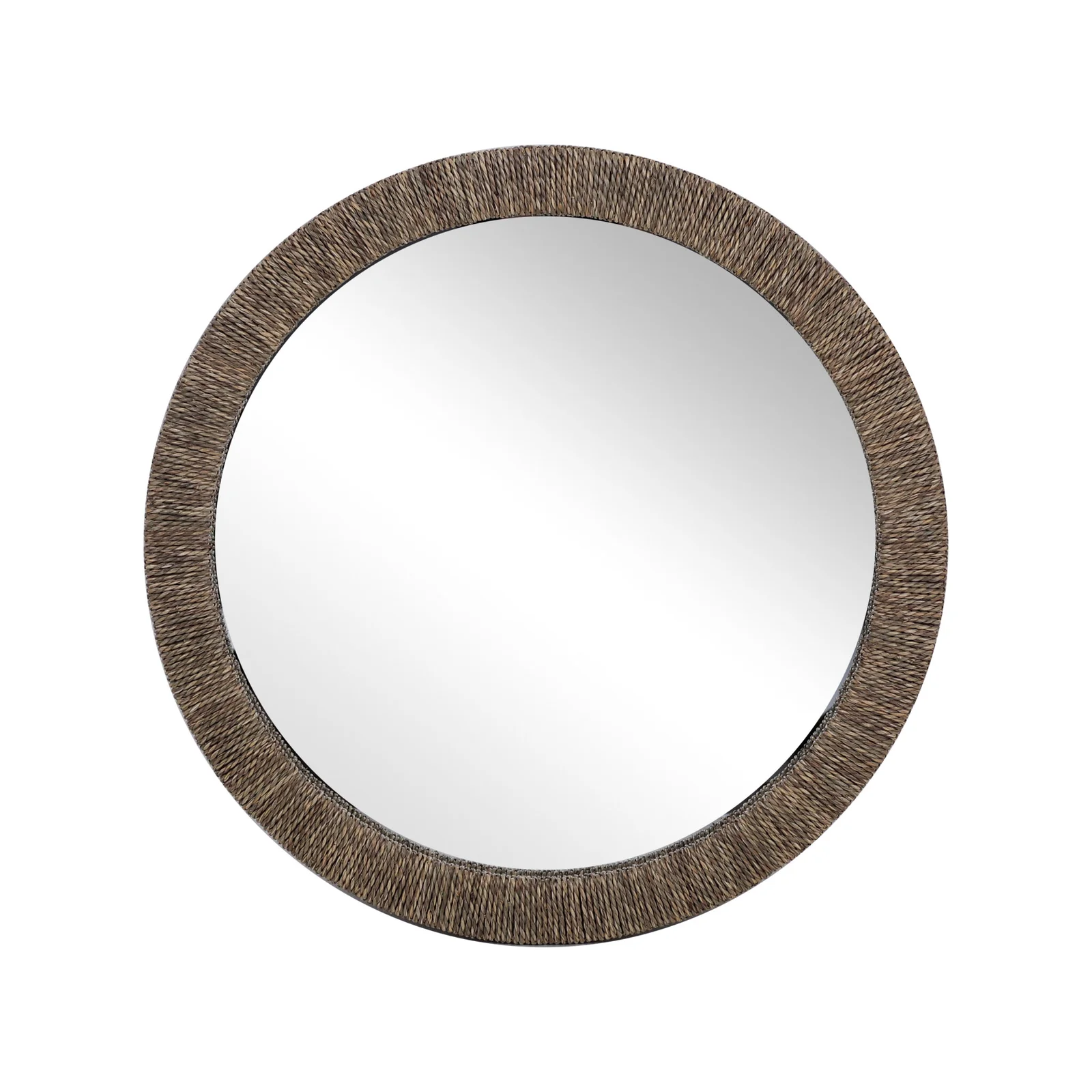
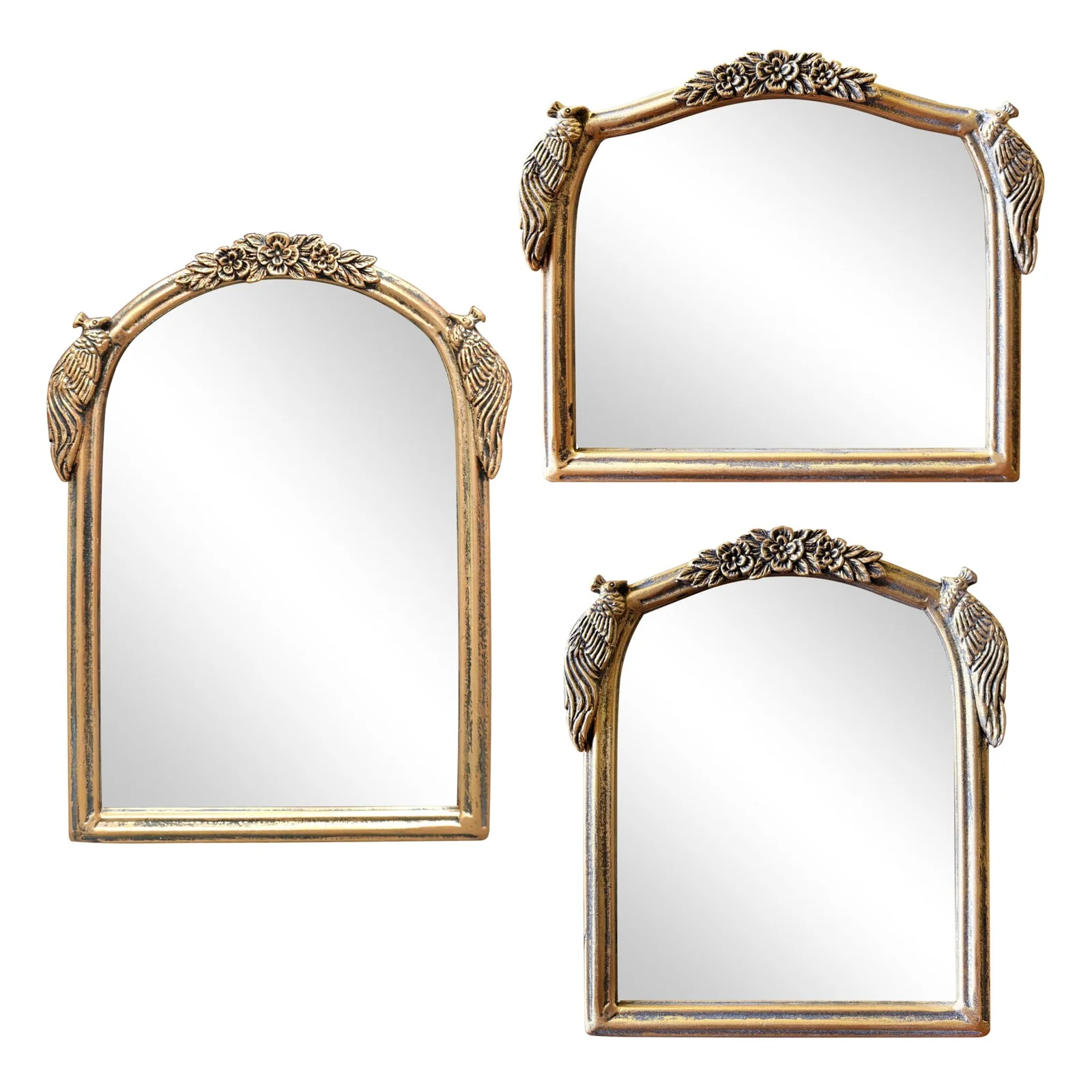
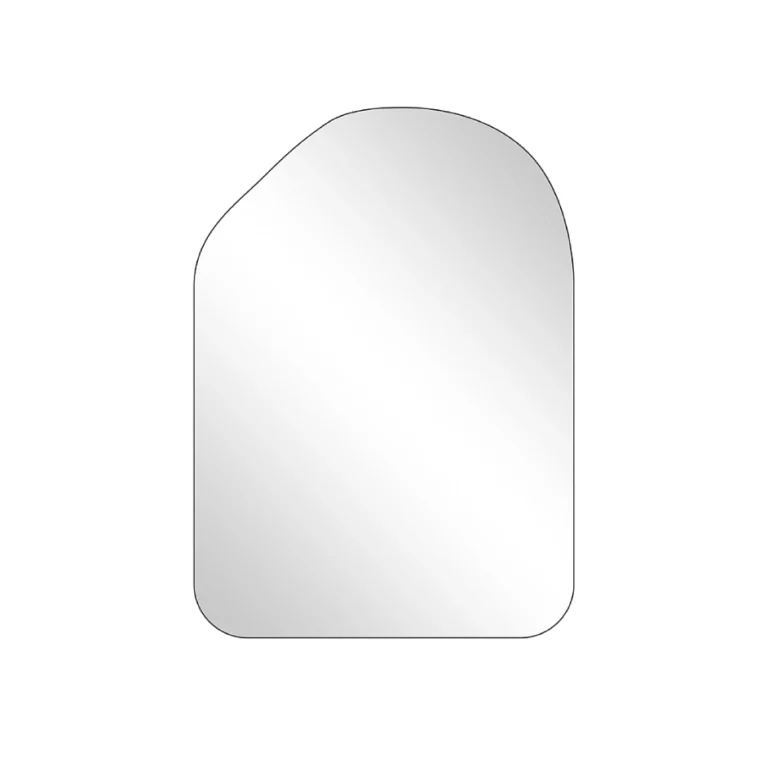

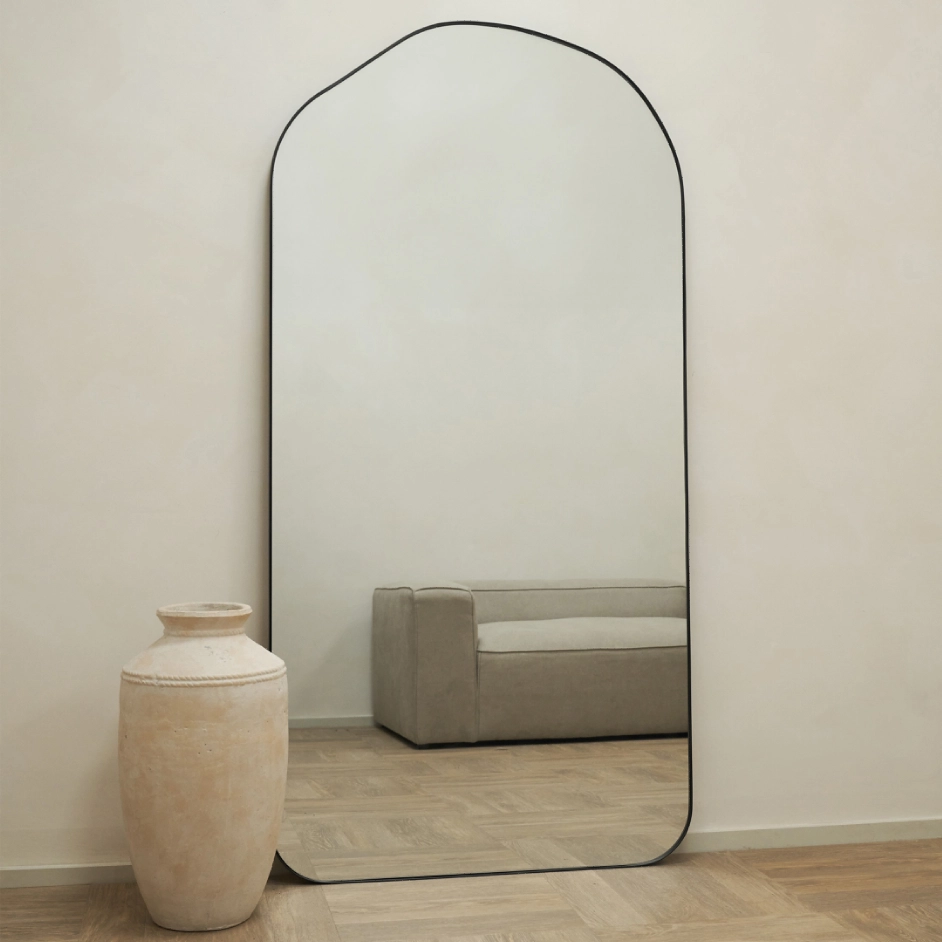
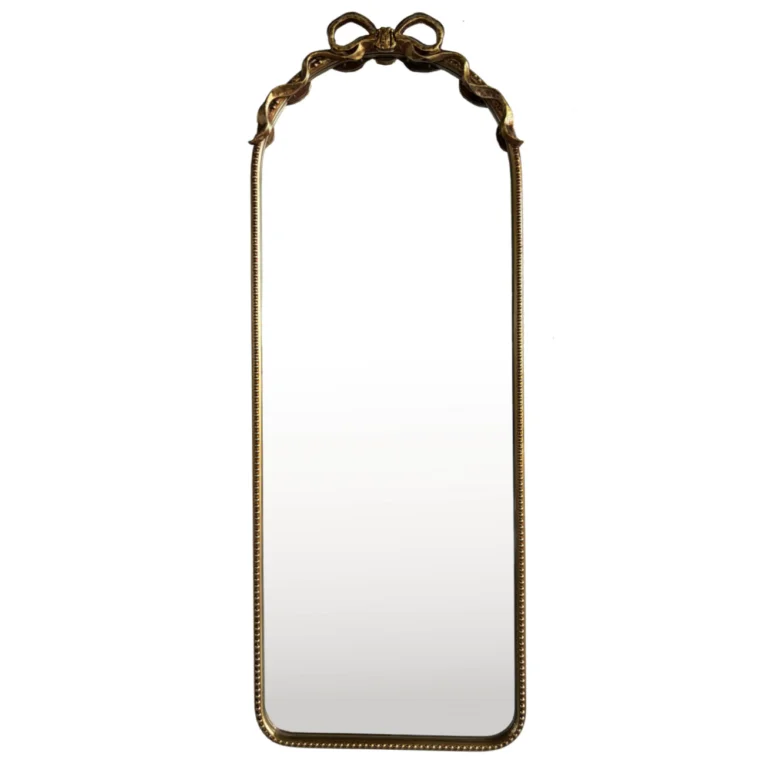
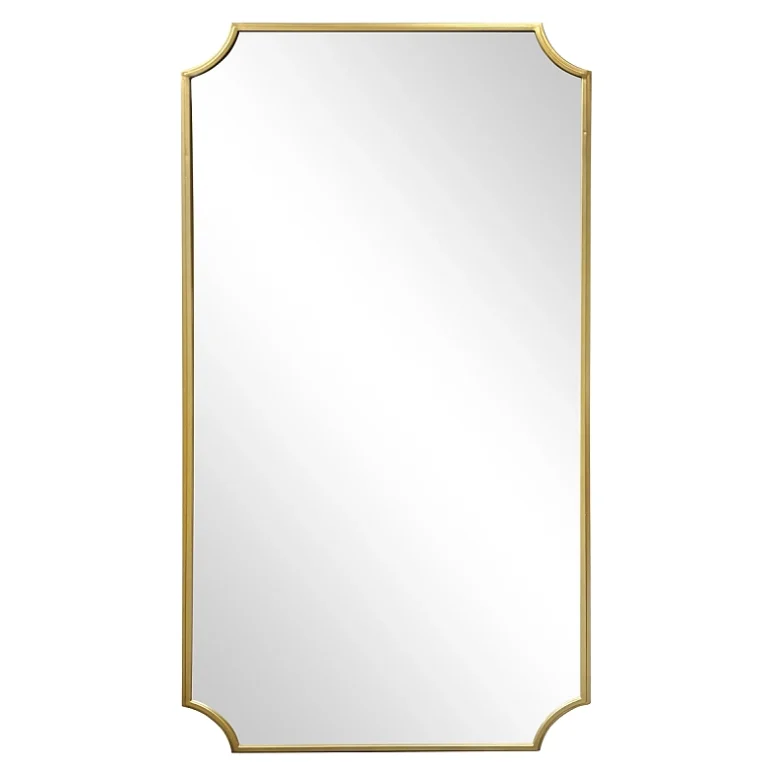

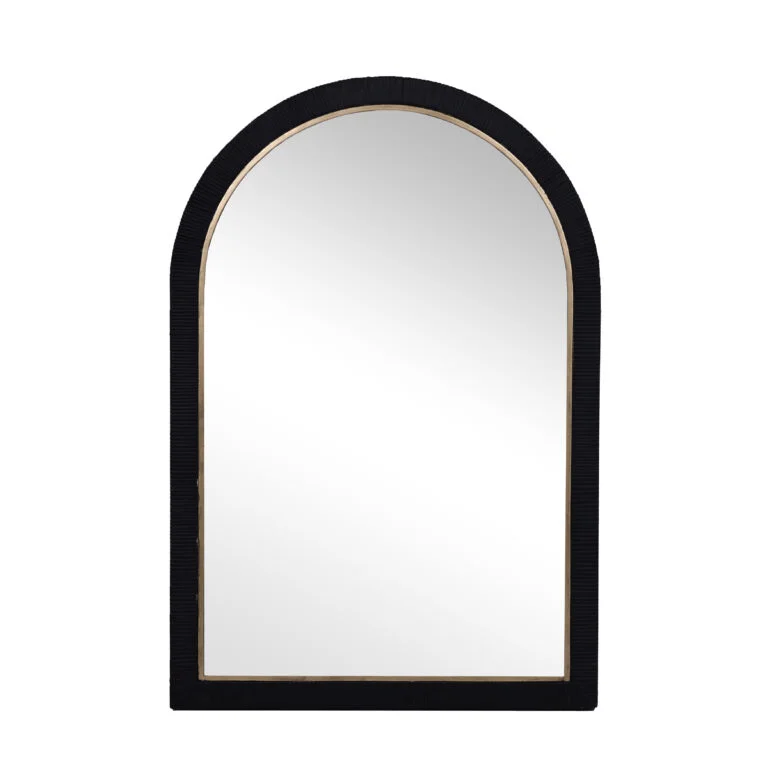
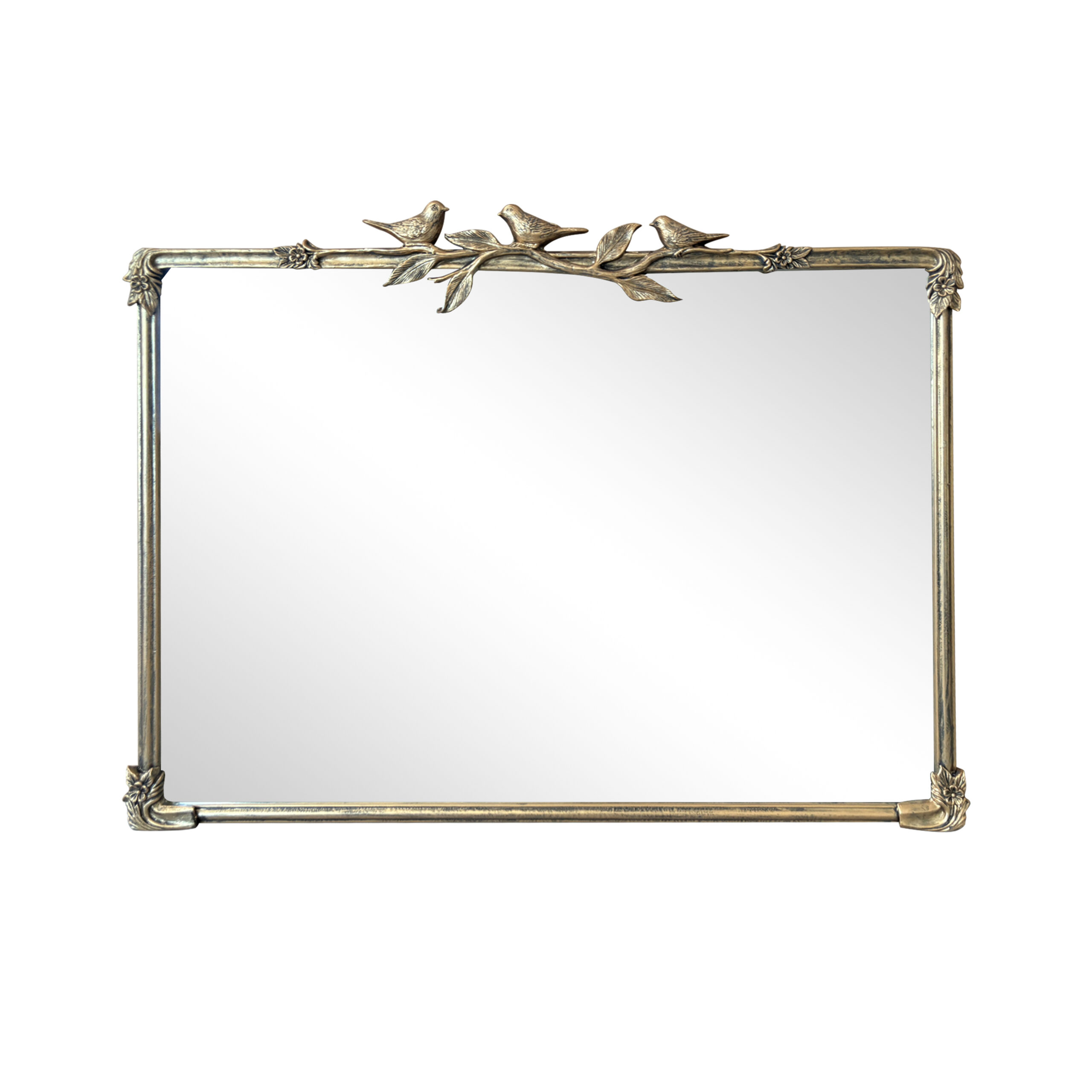
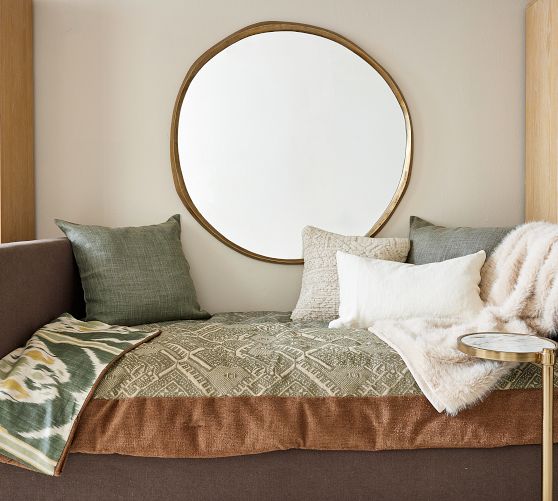
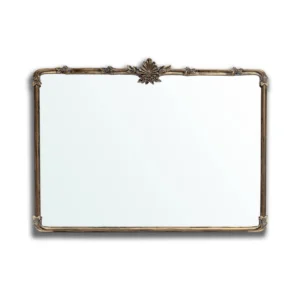
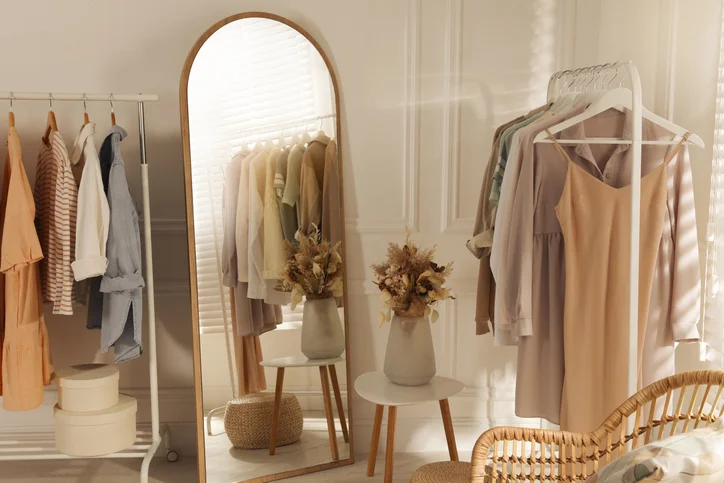
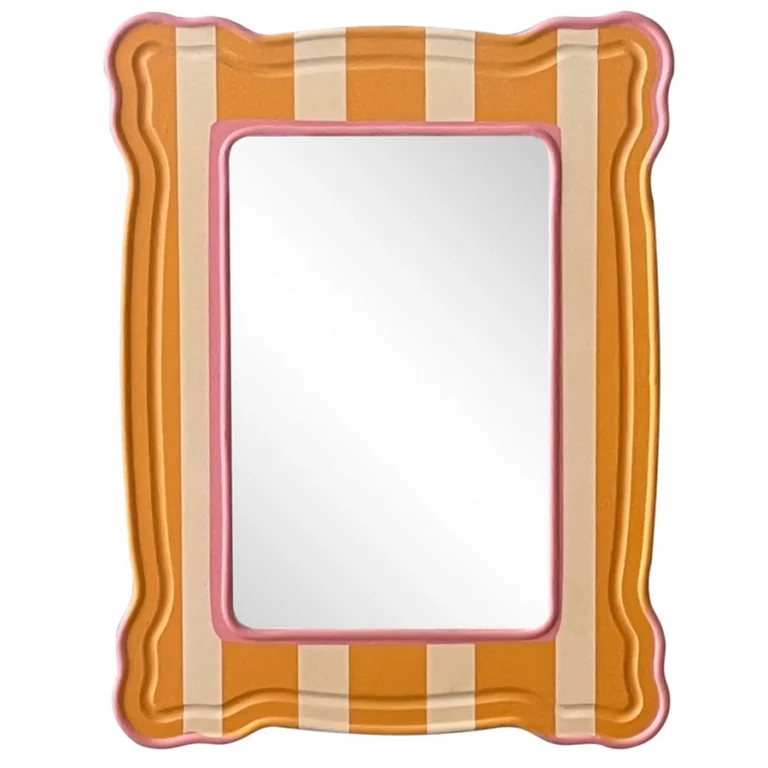
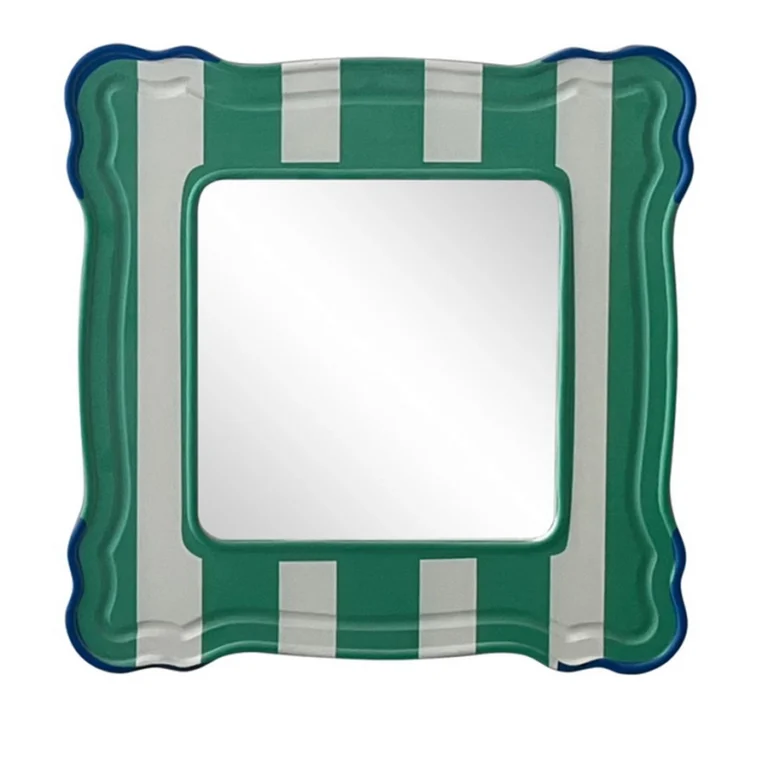
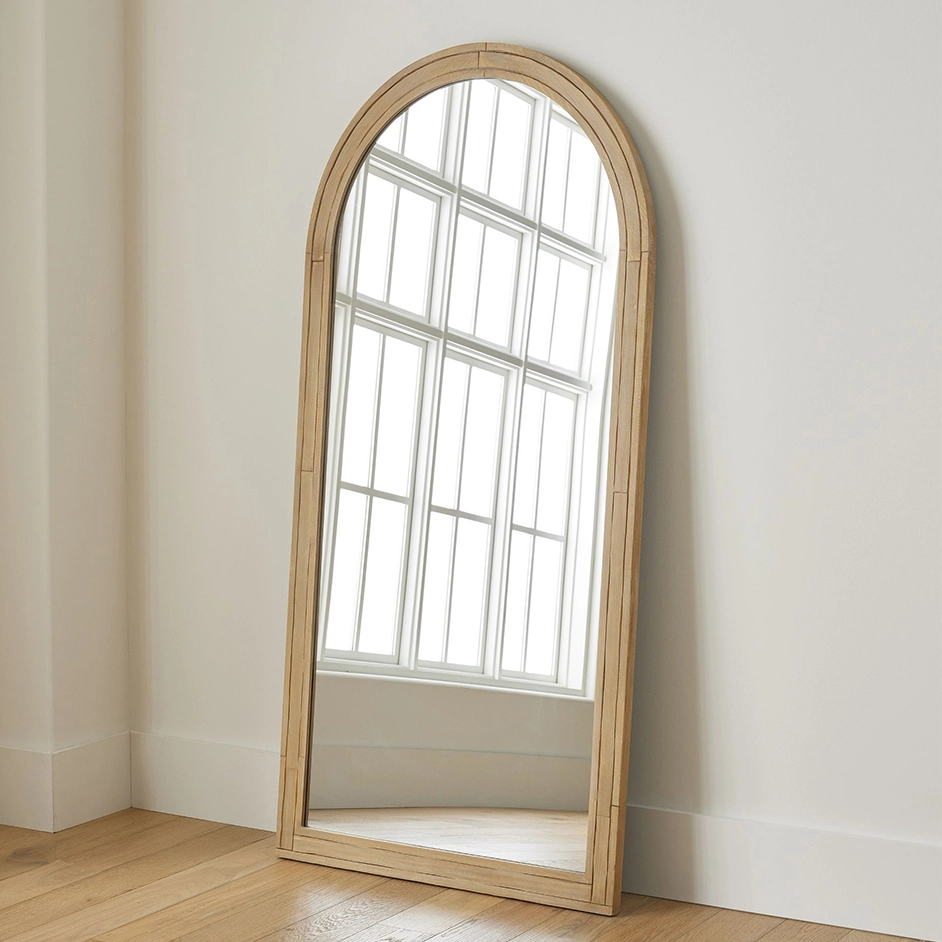
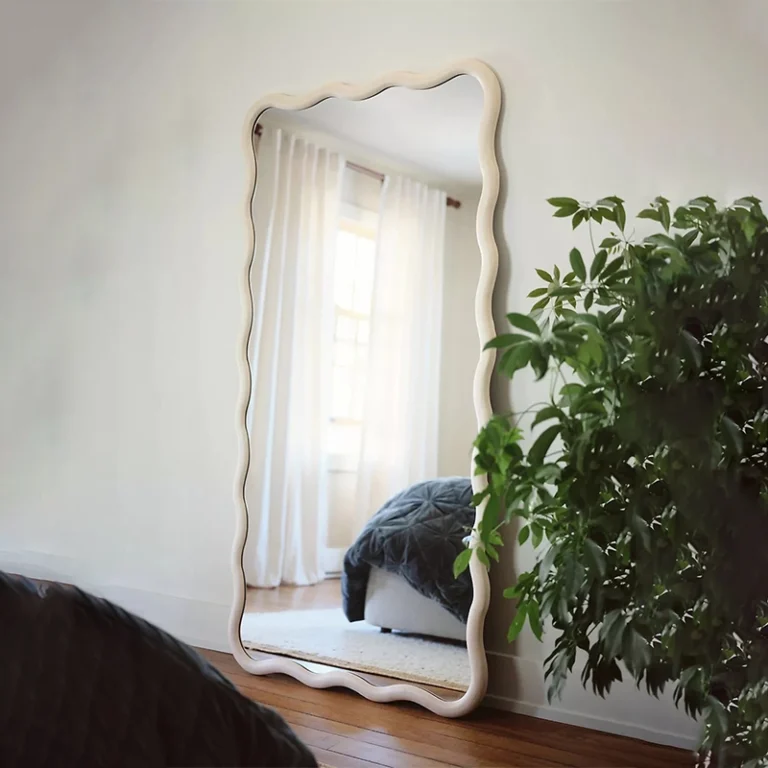
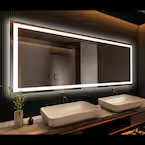


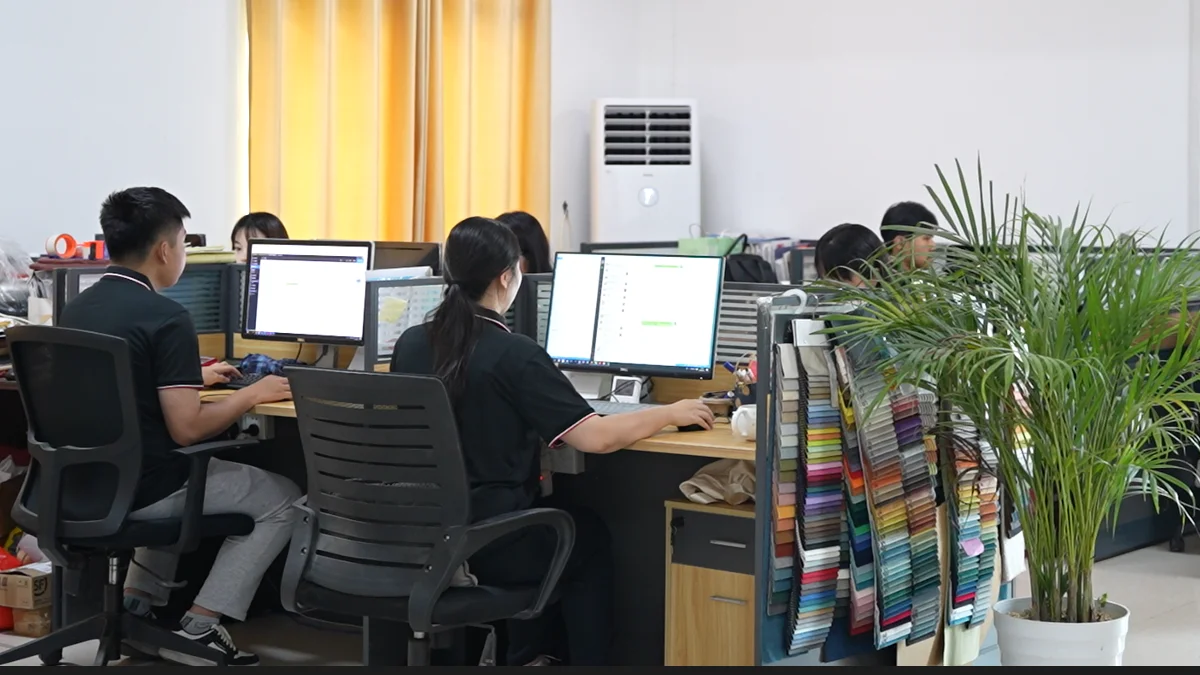
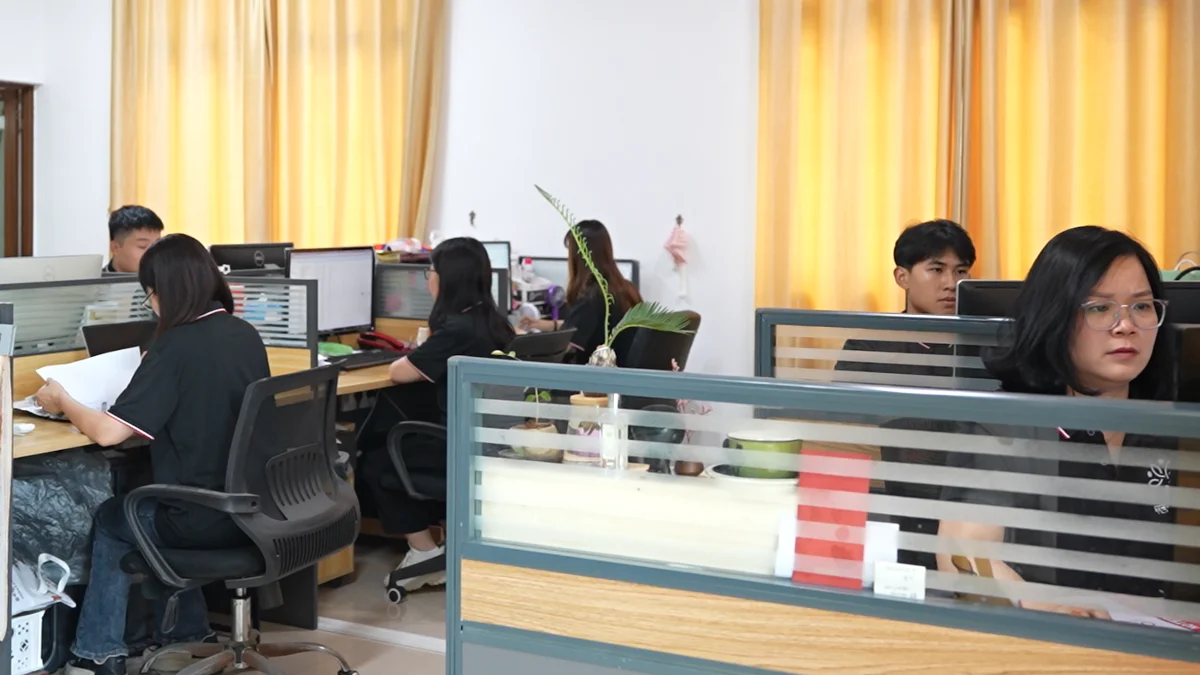
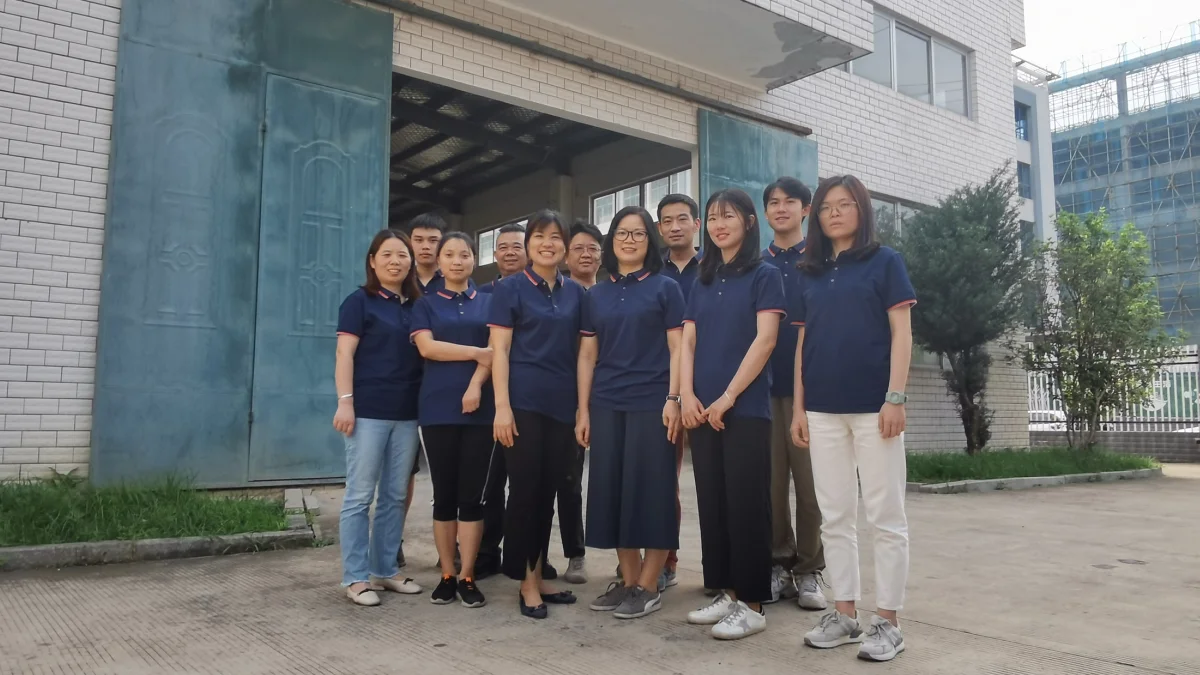
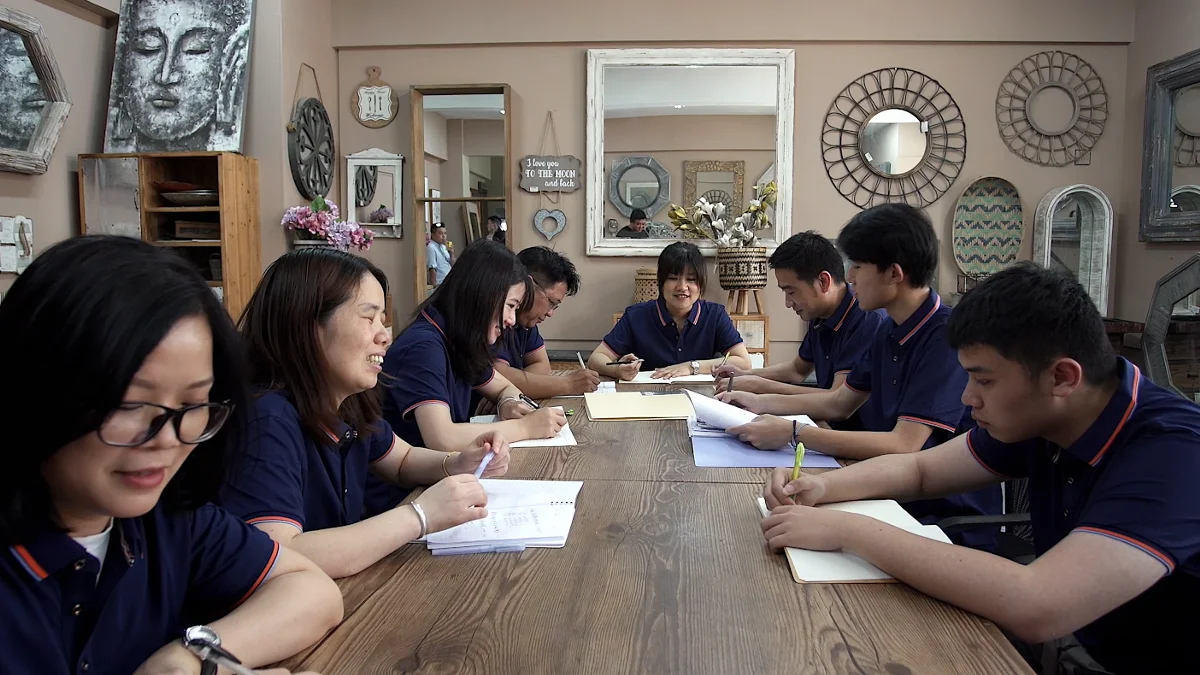

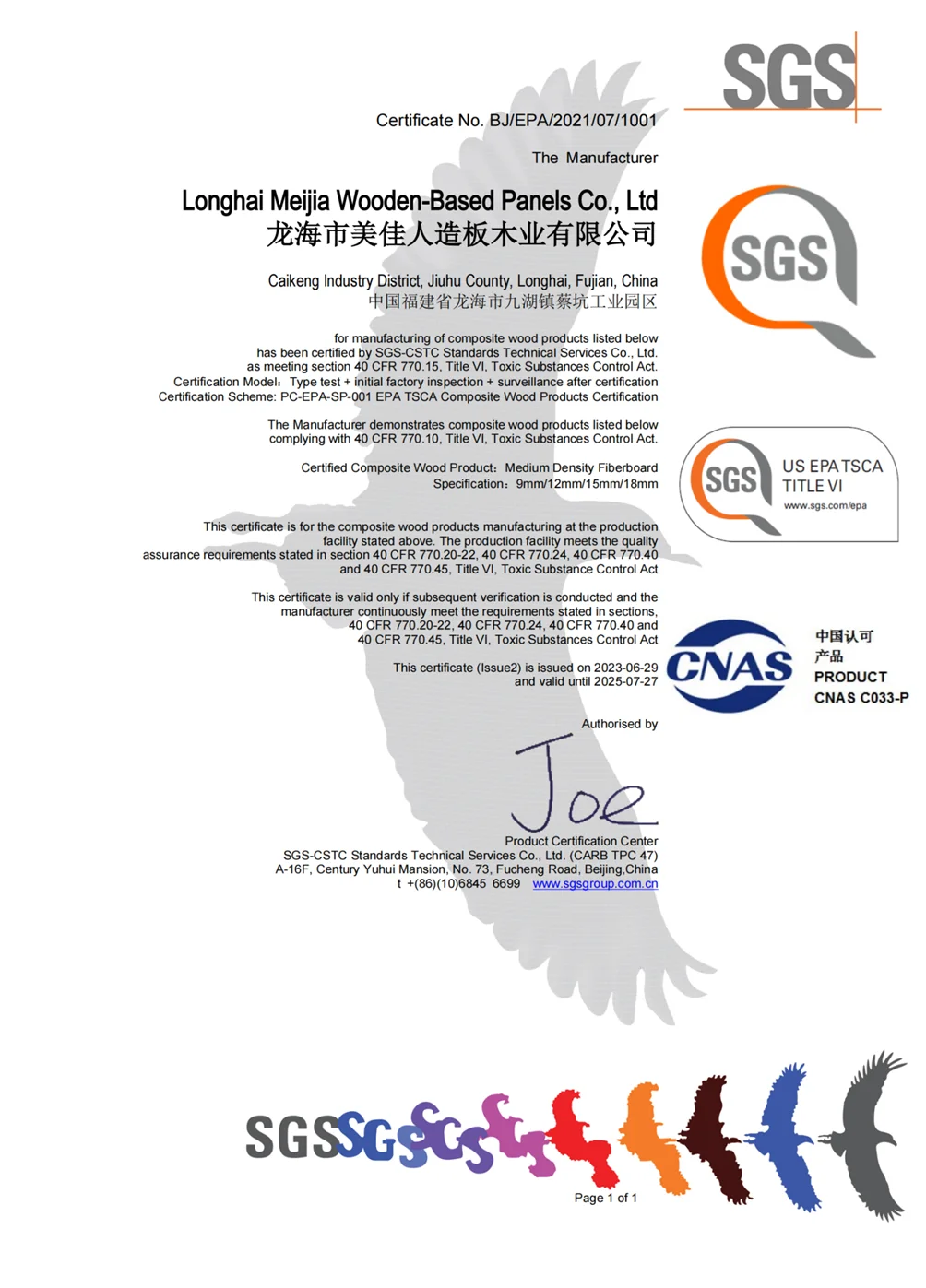

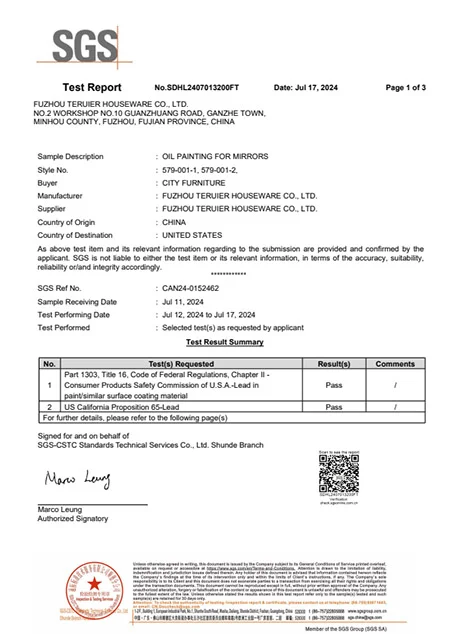

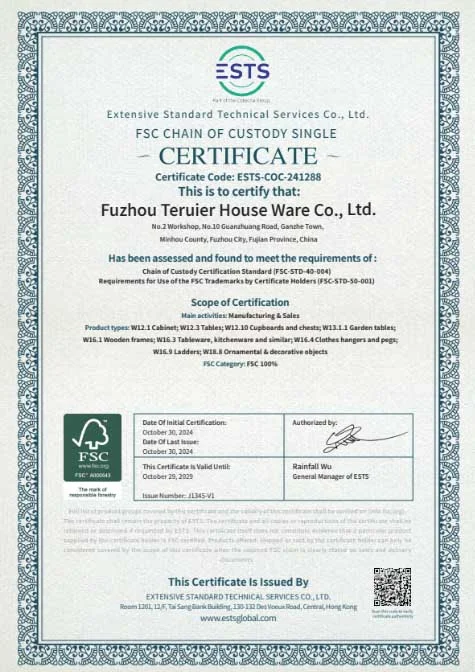
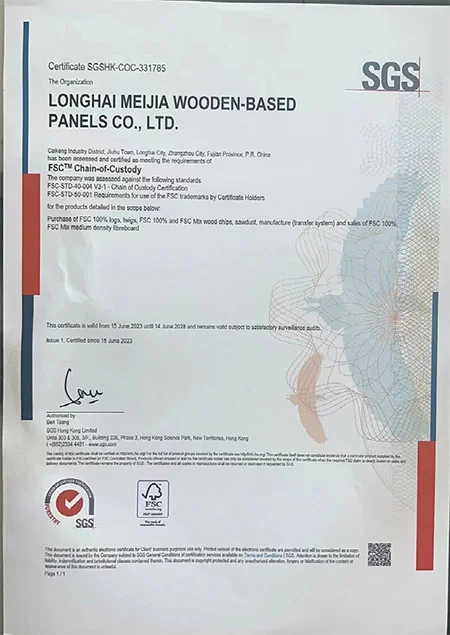
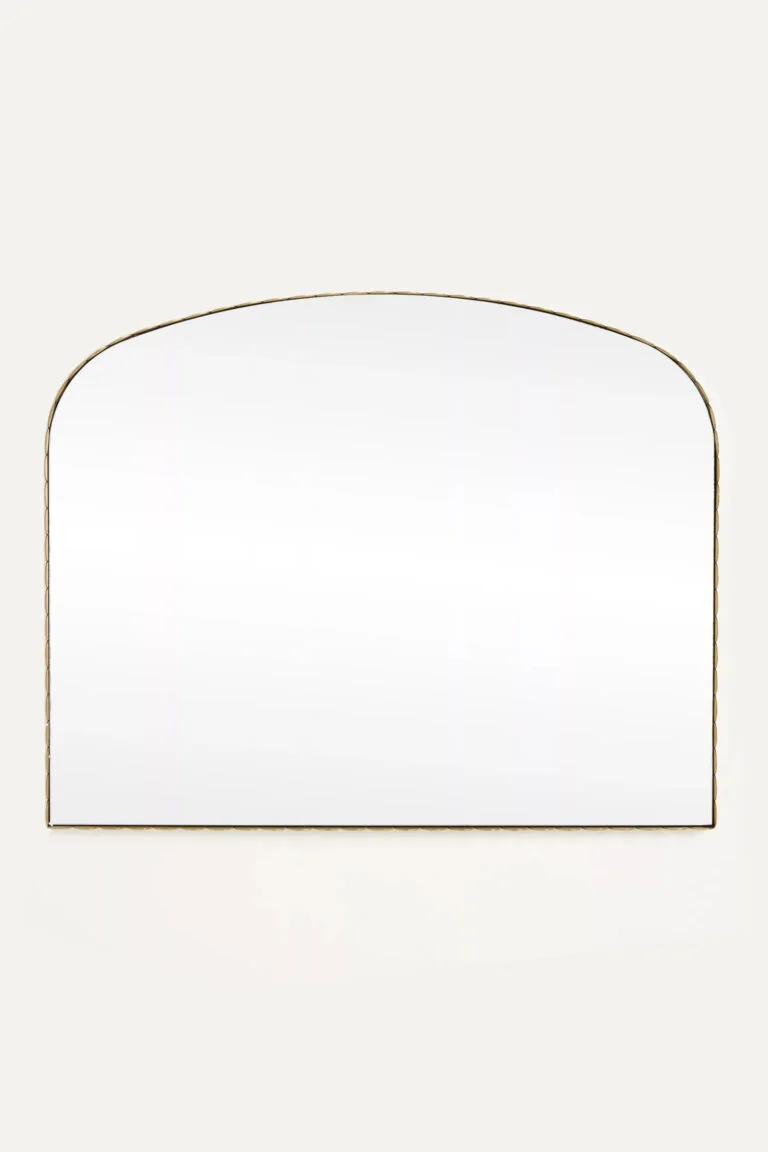
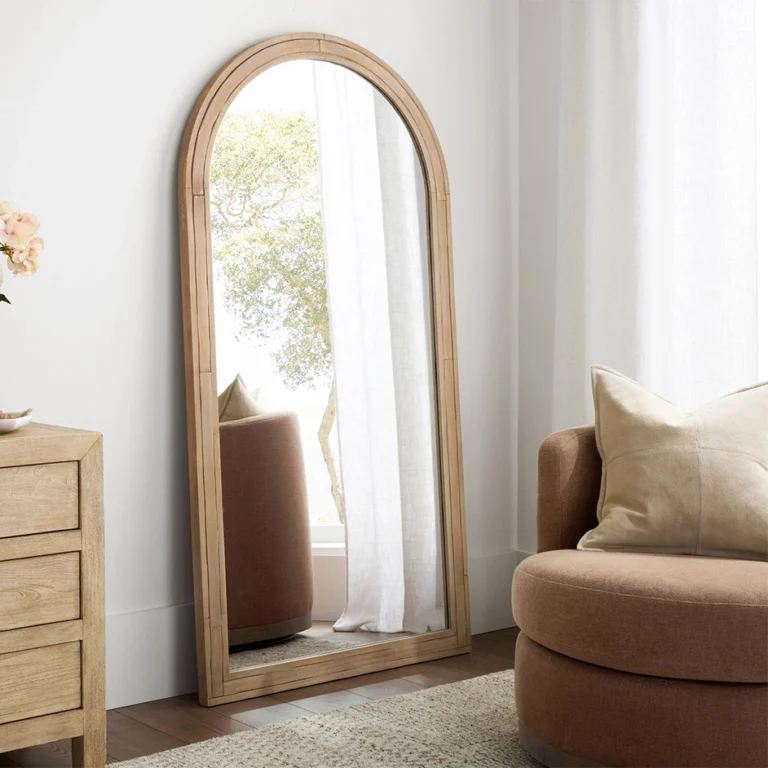
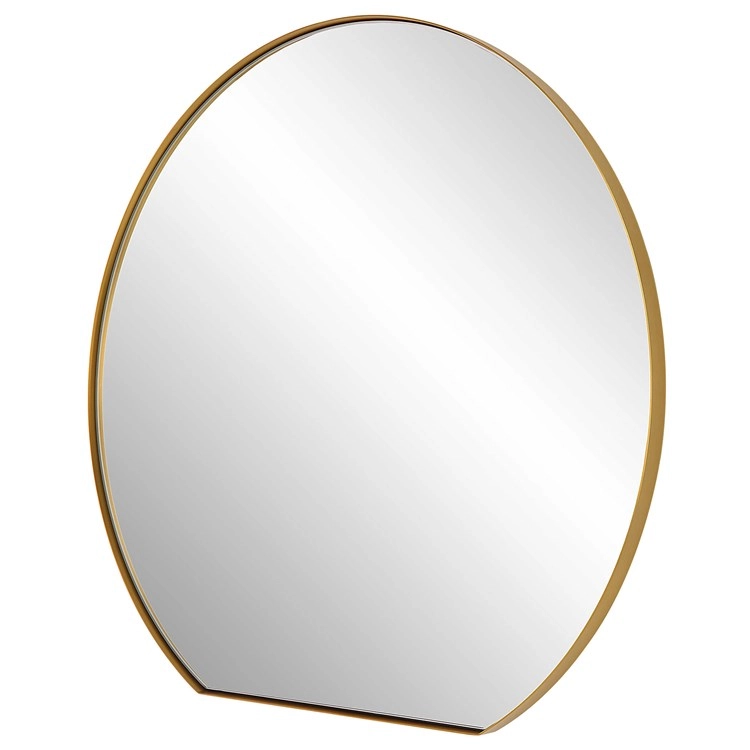
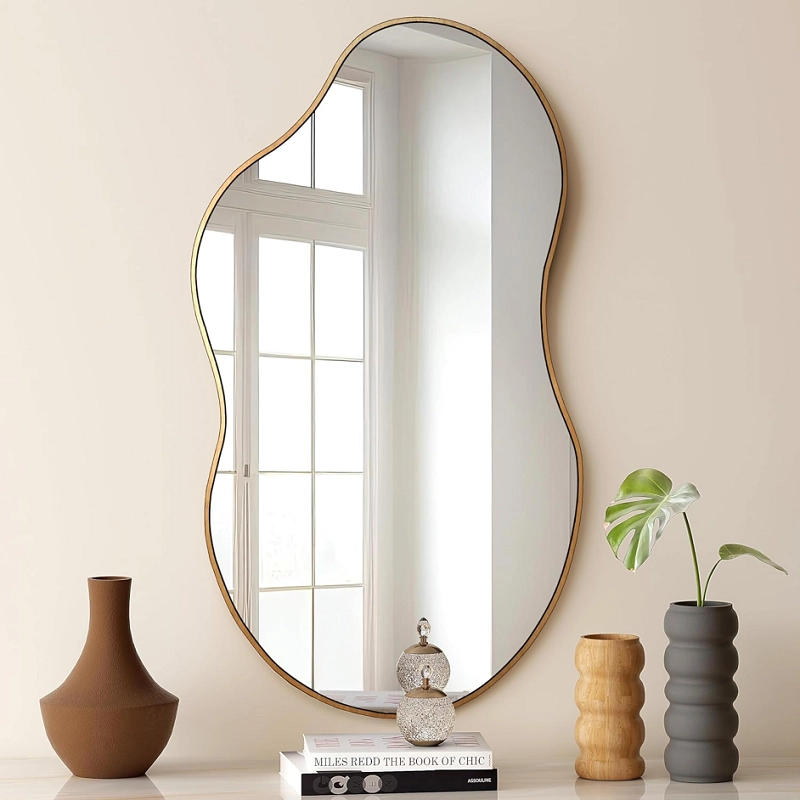

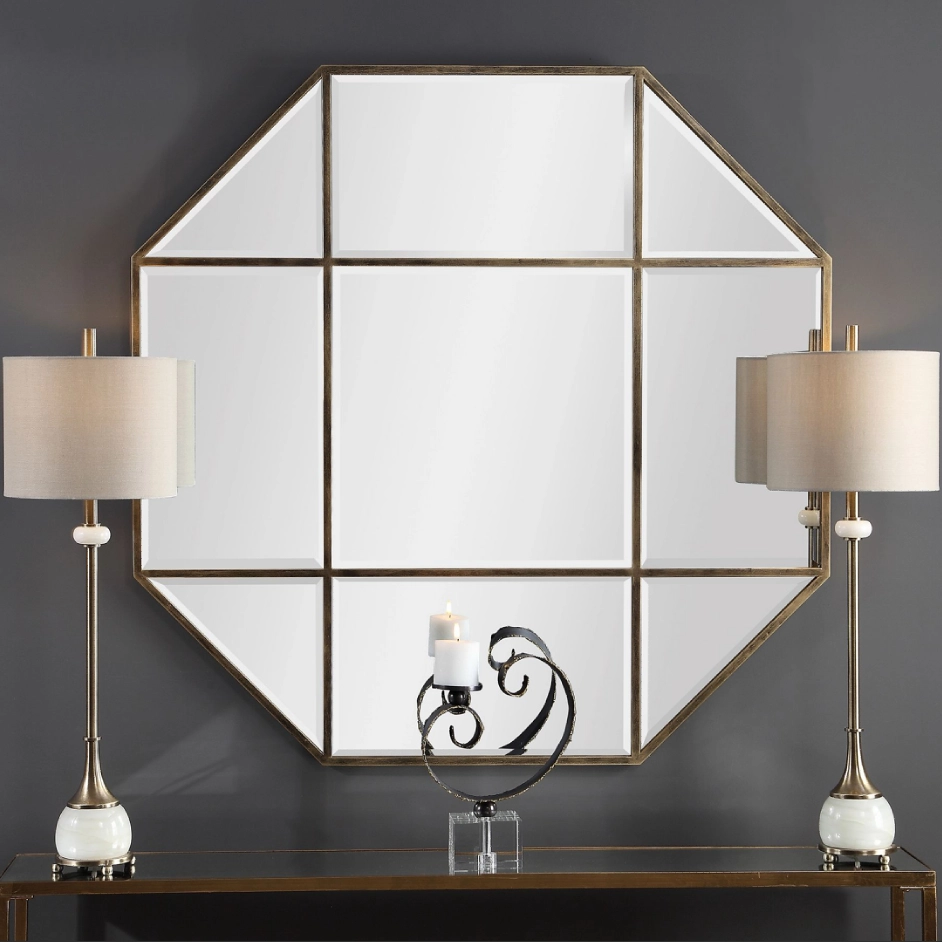
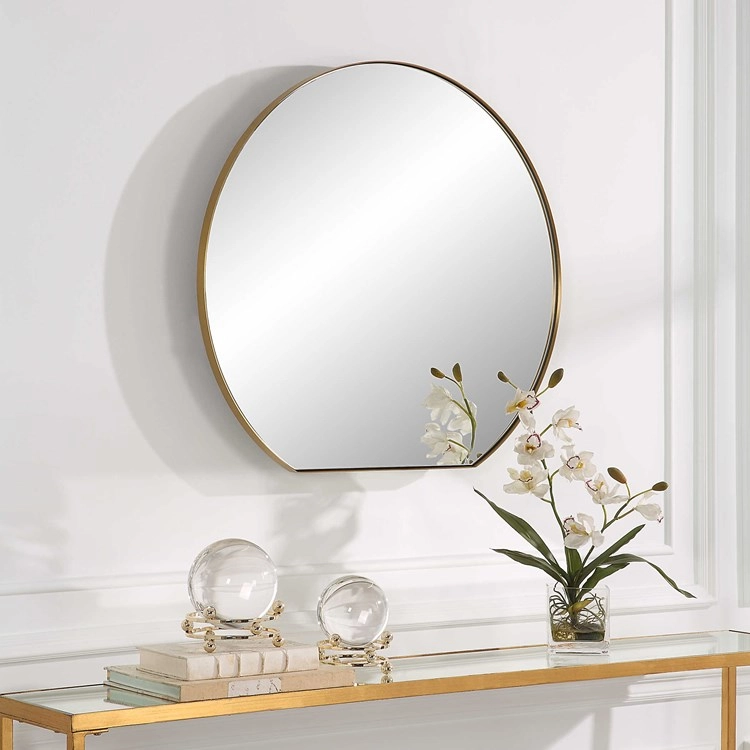
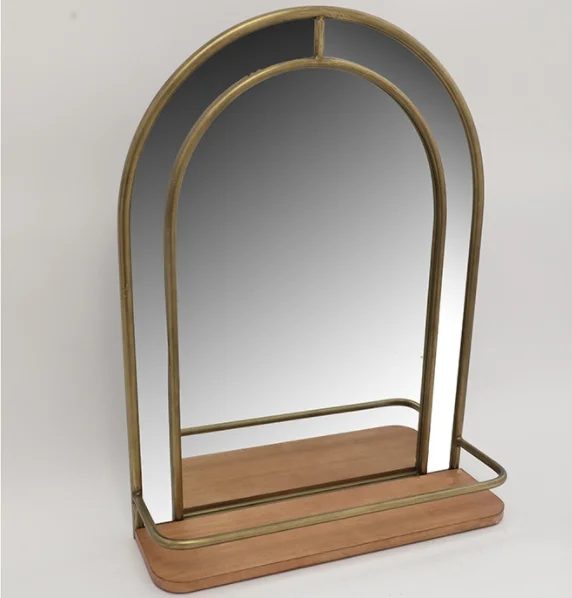
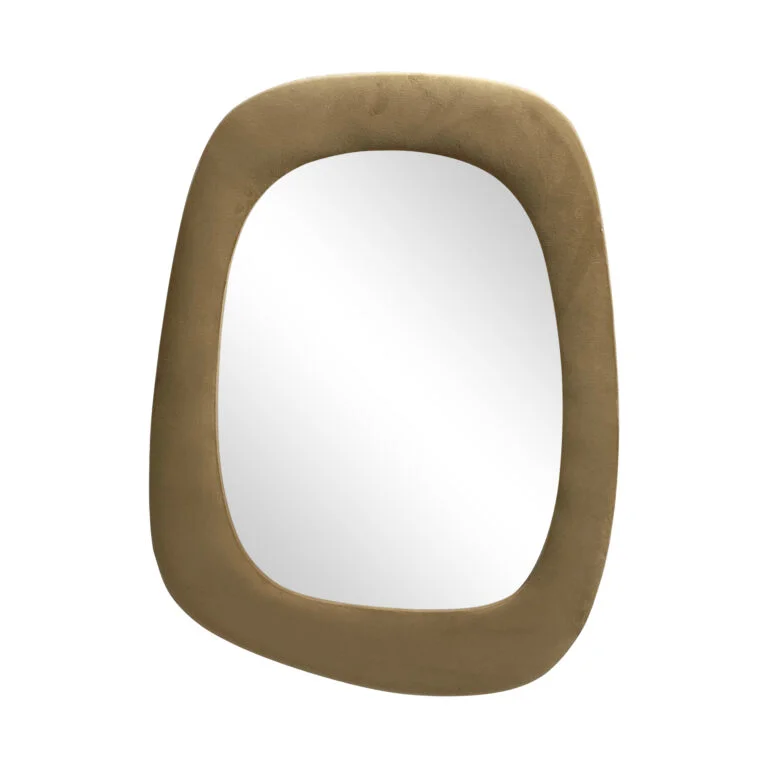
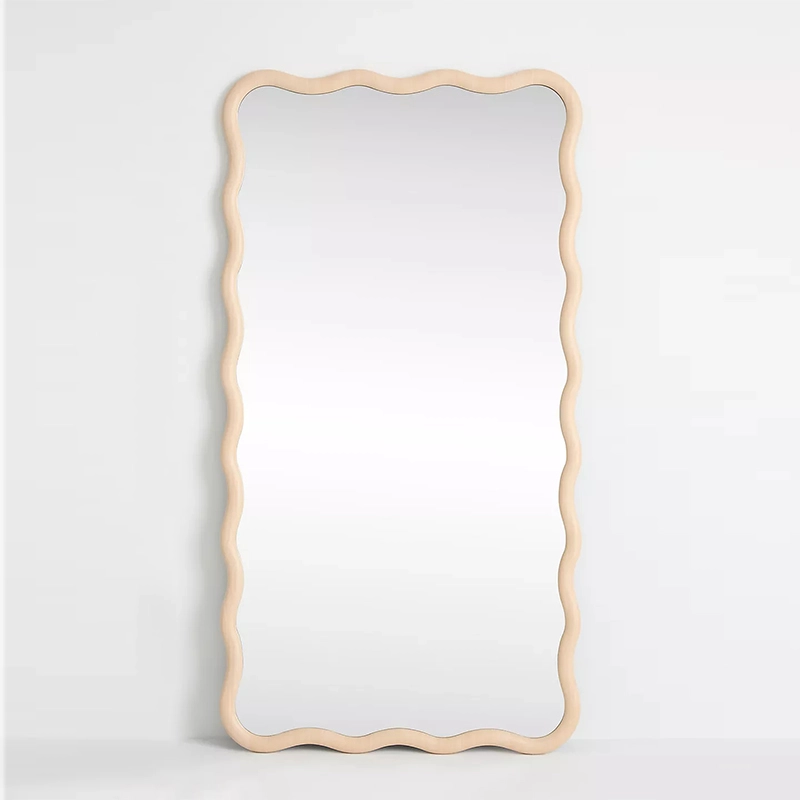

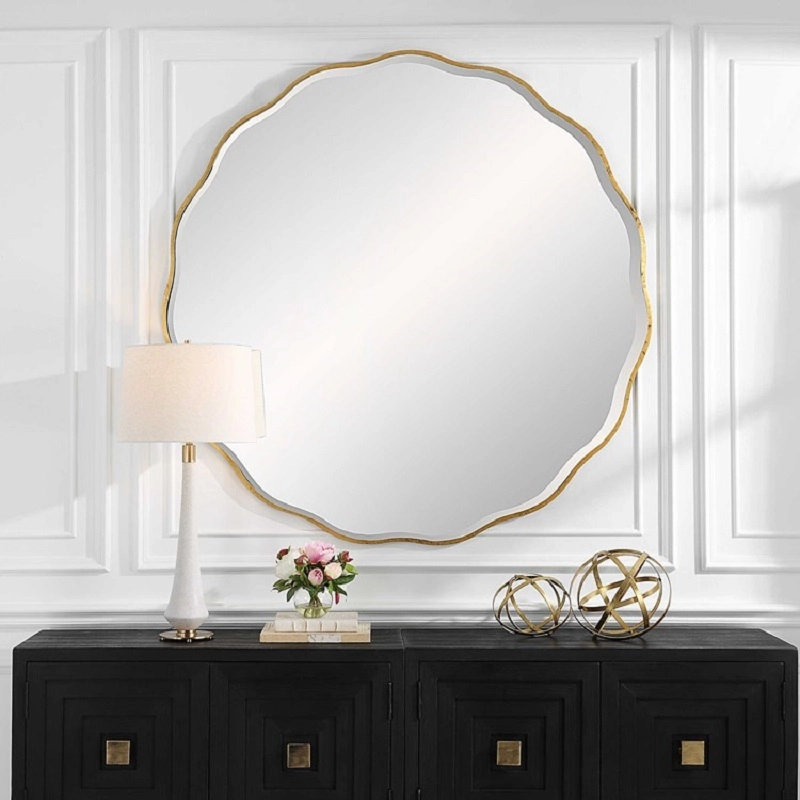
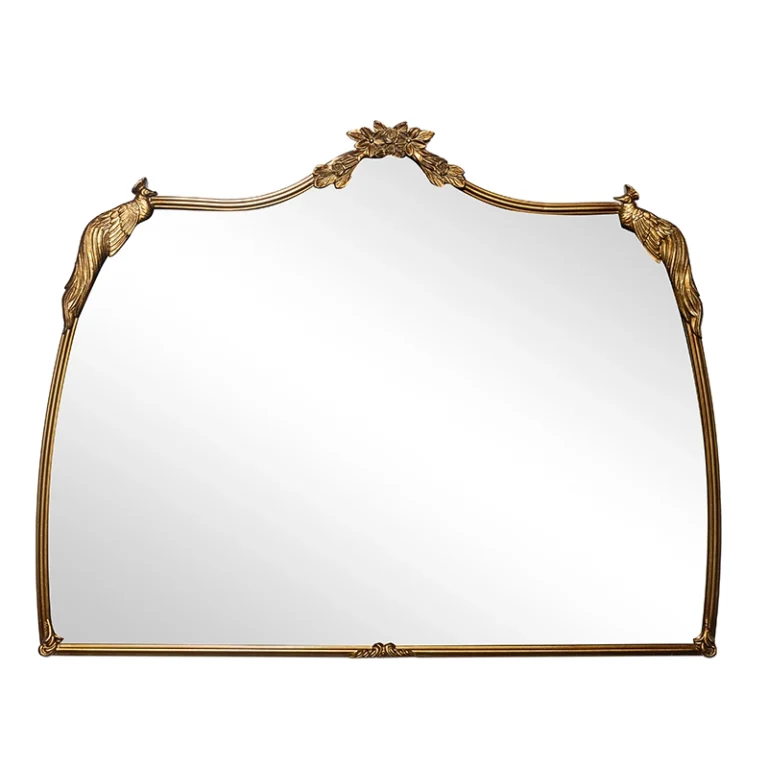
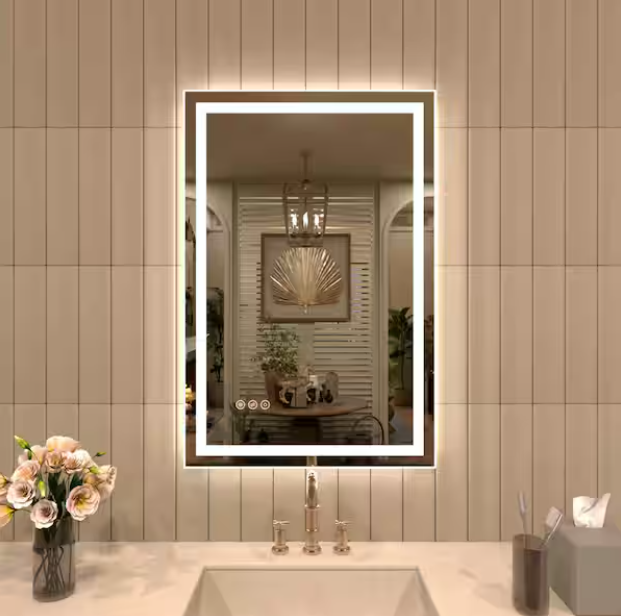
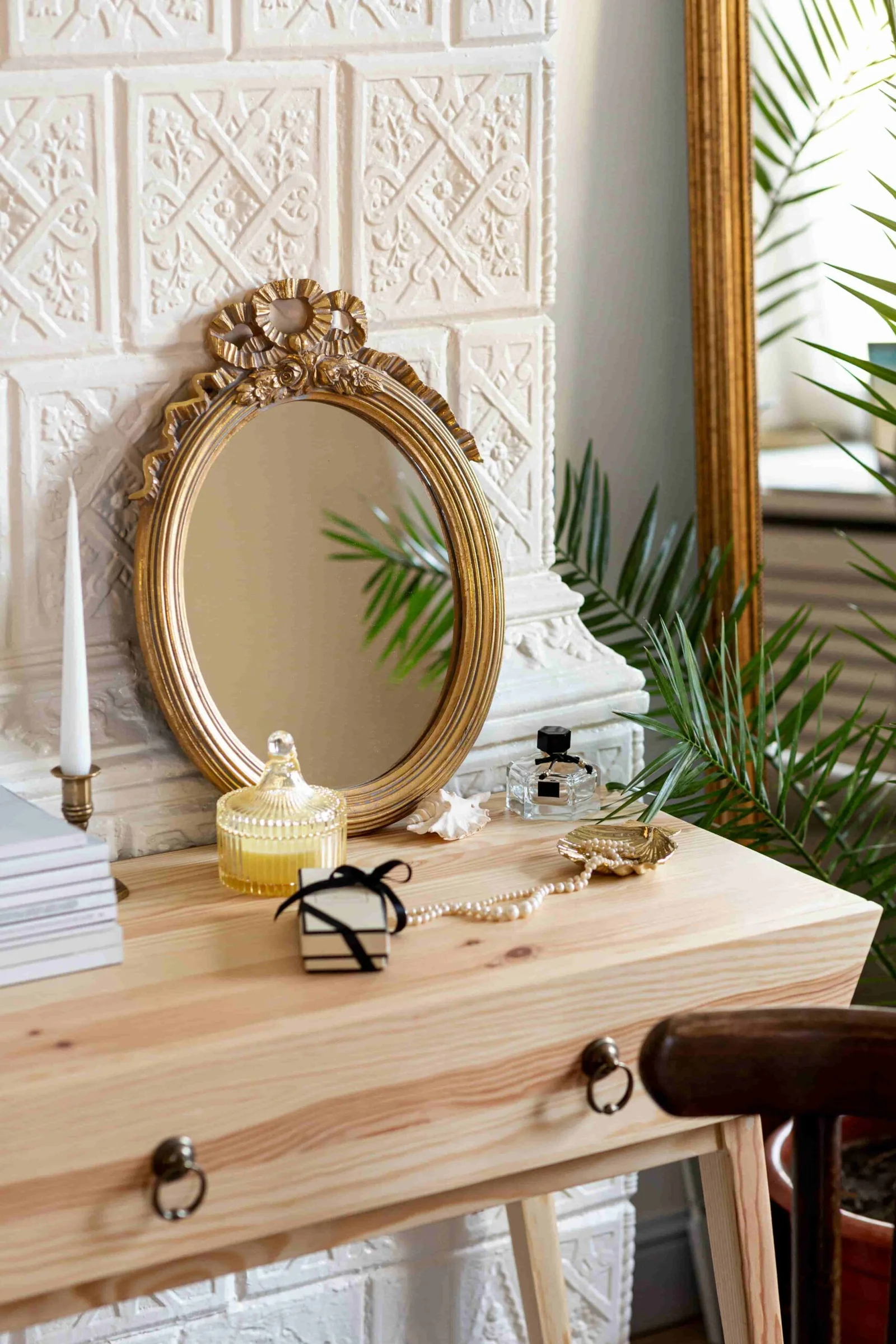
-scaled.jpg)
